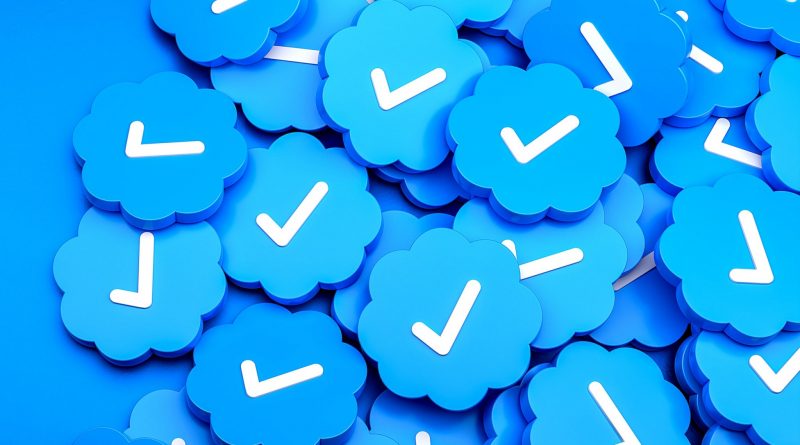Twitter Eliminates Legacy Checkmarks
Mark DiPietro
Technology Section Editor
Ever since Elon Musk bought the social media giant, Twitter, it has been an ongoing news story. From poison pills to kitchen sinks to mass layoffs to dissected algorithms and everything in between, the deal has been nothing short of a circus show. An entertaining circus show, but a circus show, nonetheless. It also happens to be a great business case study whichever light you decide to paint it in. For some, it is an example of a megalomaniac taking over a successful business and driving it into the ground. For others, it represents a successful businessman trying to right the ship for a lumbering, inefficient, and toxic workforce. Regardless of your view of the situation, another big chapter in the story unfolded recently.
In the past, blue checkmarks were used to indicate the legitimacy of an account under a well-known name. This was given to sports teams, governments, journalists, and most people with any “celebrity status”. It was viewed as a real badge of pride for it meant that, at the very least, your name was under some threat of being impersonated.

In November 2022, the Musk regime introduced a new initiative called Twitter Blue, opening checkmarks up for everyone. This feature is an opt-in, paid subscription that adds a blue checkmark to the payer’s account and offers access to some new features. The subscription is $8 per month (or $84 per year) and some of the added features include editing tweets, seeing less adds, longer 10,000 character limit tweets, prioritized ranking for conversations and searches, and other features that makes a superior use of the app, most especially for media personalities.
Musk has always threatened that those who already had blue checkmarks would lose them eventually unless they ante’ d up the money for the subscription. Some thought that day was going to be April 1st when Musk tweeted the news that legacy checkmarks would be all taken away, but it turned out to be an April Fool’s Day prank. However, finally, after long awaited anticipation, Twitter officially rid its site of legacy checkmarks on April 20th, 2023.
However, Twitter still has mechanisms in place for keeping impersonation in check, but only for organizations. With this change, Twitter replaced the “official” label with a gold checkmark on some designated business and non-profit organization accounts. This is to differentiate collective groups from individuals, remove the concern for impersonation, and allows it to better spread its brand by allowing individual accounts to be affiliated in an organized way. They also have added a similar “gray” checkmark for government and multilateral accounts.
There has been a fair share of criticism for the new model. The Verge’s T.C. Sottek called it “a toll booth designed to ignore people’s contributions to the platform except for the fact that they are all equally paying customers.” The New York Times’ Callie Holtermann and Lora Kelley suggest that some view the blue check mark as a “dreaded mark” or a “stinking badge”. But it is worth noting that Musk himself is confident in the changes he is making. In mid-April, right before the Legacy checkmark apocalypse, Musk suggested in a leaked memo that despite being in debt over $13 billion, Twitter is on the road to becoming profitable by Q2 of 2023.
Whether one thinks these changes will lead to positive results or the end of Twitter, it is undeniable that this episode will end up being an interesting case study for business leaders across all sectors. Current and future decision makers should follow this story with an open mind and try to take lessons from what was done right and, ultimately, wrong.
Contact Mark at markdipietro04@gmail.com

